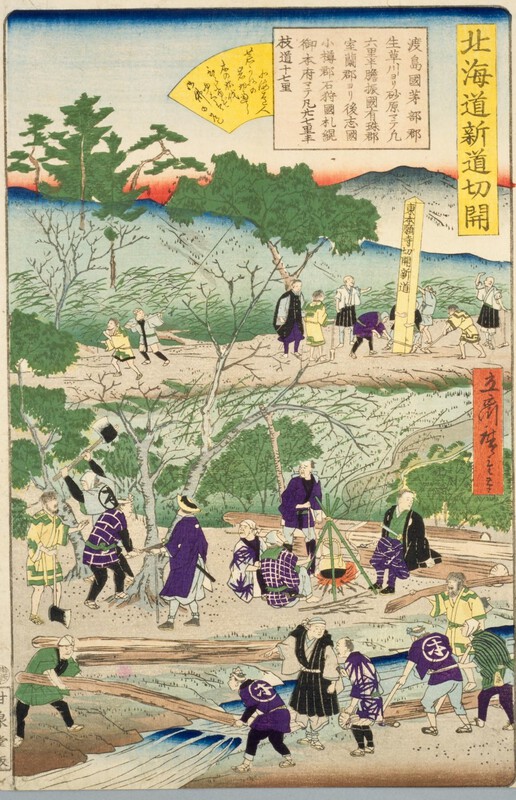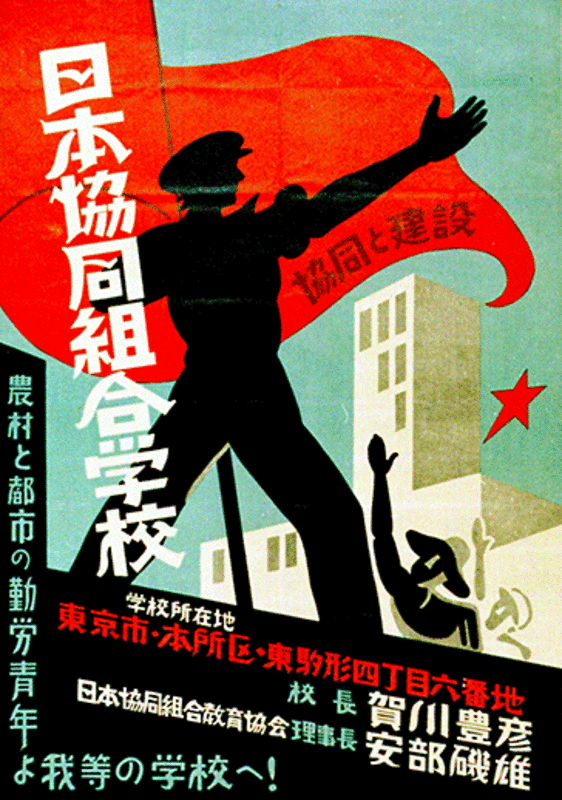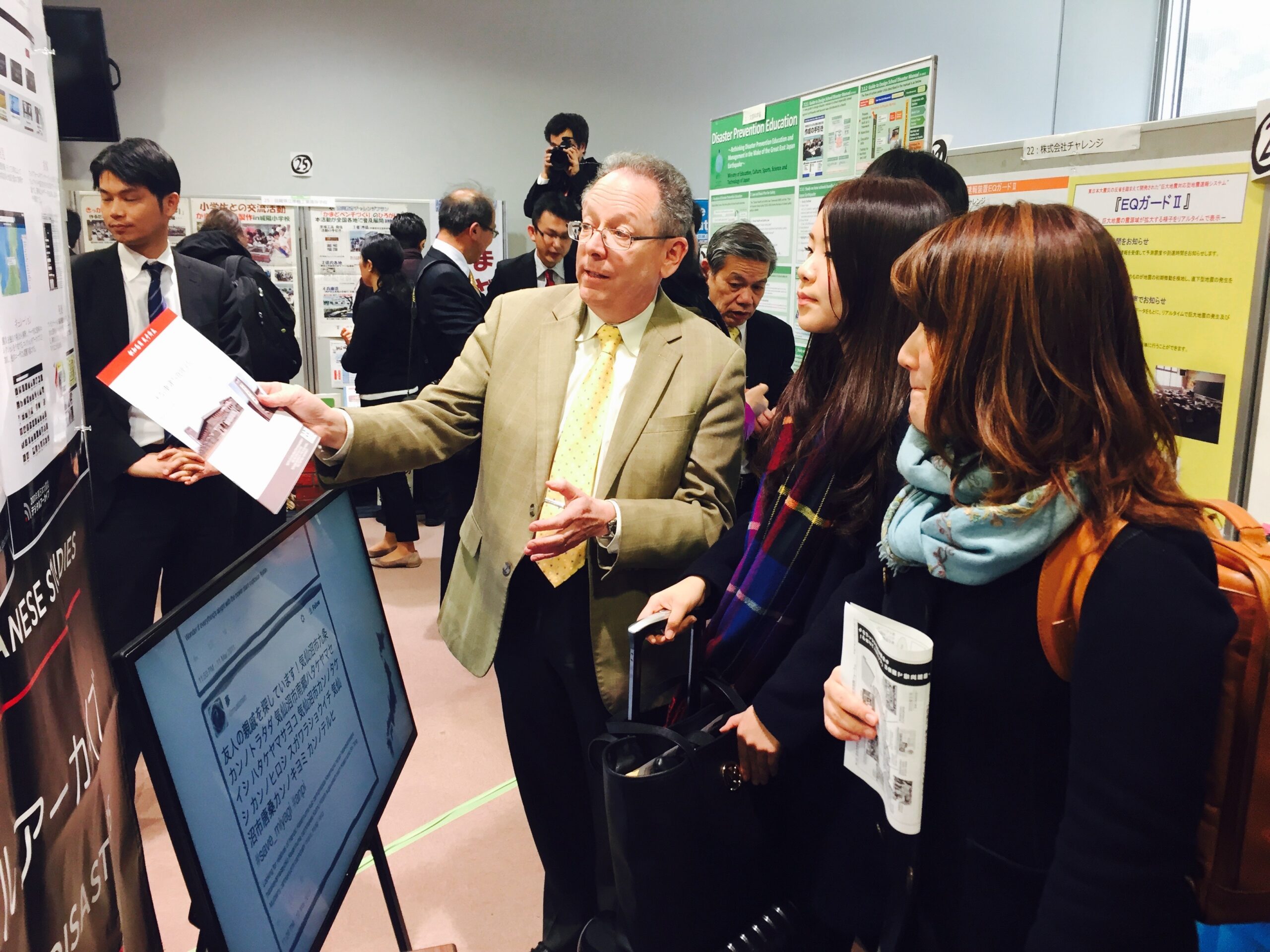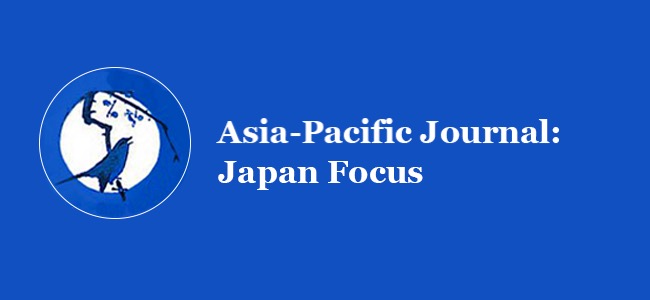In August 2021, five months after the ten-year anniversary of 3.11, the Japan Broadcasting Corporation (NHK) convened a symposium titled “Expanding Disaster Digital Archives in Japan: Role of Media in Disaster Education and Passing Down of Disaster Lessons.” Among government officials, disaster scientists, journalists, and newspaper organizations, Hiromi Gonda at NHK Intellectual Property Center emphasized the relationship between an archive’s sustainability and its uses. “It’s important for media archives to be sustainable. We need to continue making archives available 10 years and more into the future and to think of how to make the most effective use of it” (Yamaguchi 2021: 29).
This concern with sustainability was justified. By 2021, JDA had lost connection with two partner archives which terminated their projects (the Japan Red Cross and Urayasu City), and we fear that additional partner archives will close down in the future. The NDL has taken over responsibility to preserve the data of these archives, but the ability to seamlessly link the data to JDA users and, importantly, to incorporate the contents into user collections, was either compromised or lost. We see no easy solution to this dilemma, other than to point JDA users to the relocated contents on the NDL disaster archive, Hinagiku, and ask users to incorporate these materials one by one when they are building collections for which the contents are relevant.
Stepping back from the immediate questions of preservation and use of an archive of born-digital materials, we offer some brief concluding points concerning space and time, the former related to the creation of the JDA and other archives, the latter related to their use. Distance was a key factor shaping the JDA based at Harvard, creating a complementary collaboration with the Michinoku Shinrokuden project at Tohoku University and other disaster digital archives in Japan. The JDA by necessity focused on archiving efforts that were possible to undertake from afar, such as collecting and curating websites, and building tools for online participation. Michiroku Shinrokuden focused on building a photographic record of the disaster and its aftermath only possible on site, and it built partnerships with other archiving projects premised on close personal relationships. By joining forces we were able to build an archive where, we believe, the whole is greater than the sum of the parts.
In working with users, we are struck by the rapid shift of an event from the present to the past. This is of course something that happens all the time, with global, national, or local events and processes of any sort. But it is still worth noting. By working with students on similar projects since the immediate aftermath up to the present, now 14 years removed from the 2011 disaster, and by preserving their collections, we have been able to see, and have left a record of, a gradual but steady shift from the disaster as a shared lived experience to one that requires retrospective study and reflection to comprehend.
For disaster education, the temporal and spatial distance poses an additional challenge. Here, the question concerns not only how the users might and could engage with digital archives like the JDA to understand 3.11 but also what role the JDA could play in enabling the users to feel as if the distanced past and also oftentimes distant places matter to their present lives (自分ごと/jibungoto) and thus their everyday situated disaster risk awareness. While no disaster is the same in its location, magnitude, and affected population, it is essential to highlight the fact that efforts to present the records of past disasters have, on the one hand, generated new digital tools to increase the general awareness of disaster risk, and on the other hand, created, strengthened and sustained human connections.
For example, in 2014, Michinoku Shinrokuden collaborated with Miyagi University of Education to develop an AR (augmented reality) app. This app helps visualize on smartphones the height of the tsunami relative to humans, offering an immersive experience of the power of the tsunami to those who did not experience it. Similarly, Hidenori Watanave at the University of Tokyo used Digital Earth to literally map testimonials gathered by Iwate Nippo. His archive, “We Shall Never Forget,” visualizes the evacuation paths taken by the victims of the Tsunami in Iwate Prefecture. More recently, JDA has tried to expand its participatory feature by combining the geolocation feature with field visits (see Part II). Allowing the users to see and experience the data in the archive in the actual, existing place contributed to the users’ sense of 3.11’s relevance and increased risk awareness.
The significance of using a digital tool like JDA to enable physical interactions on the ground resonates with our collective experiences engaging with the disaster digital archives; it has brought about many meaningful and long-lasting connections among various actors and stakeholders, in both necessary and unexpected forms. The importance of person-to-person, institution-to-institution, and the archive-to-user connections that disaster digital archiving efforts have materialized is a humbling result for both Michinoku and JDA teams as we each tried to “do something” for 3.11 near and far. Although building an archive for making the past disaster jibungoto is, if not impossible, very difficult, the JDA-Michinoku partnership suggests the power of what a local activist in Fukushima, Riken Komatsu (2018), calls “kyōji,” an act of co-participating.
References:
Komatsu, Riken. 2018. Shin fukkō ron [新復興論]. Tokyo: Genron.
Yamaguchi, Masaru. 2021. “Expanding Disaster Digital Archives in Japan: Roles of Media in Disaster Education and Passing Down of Disaster Lessons.” NHK Bunken Forum 2021: 1-32. https://www.nhk.or.jp/bunken/english/reports/pdf/report_20210801_5_01.pdf.




